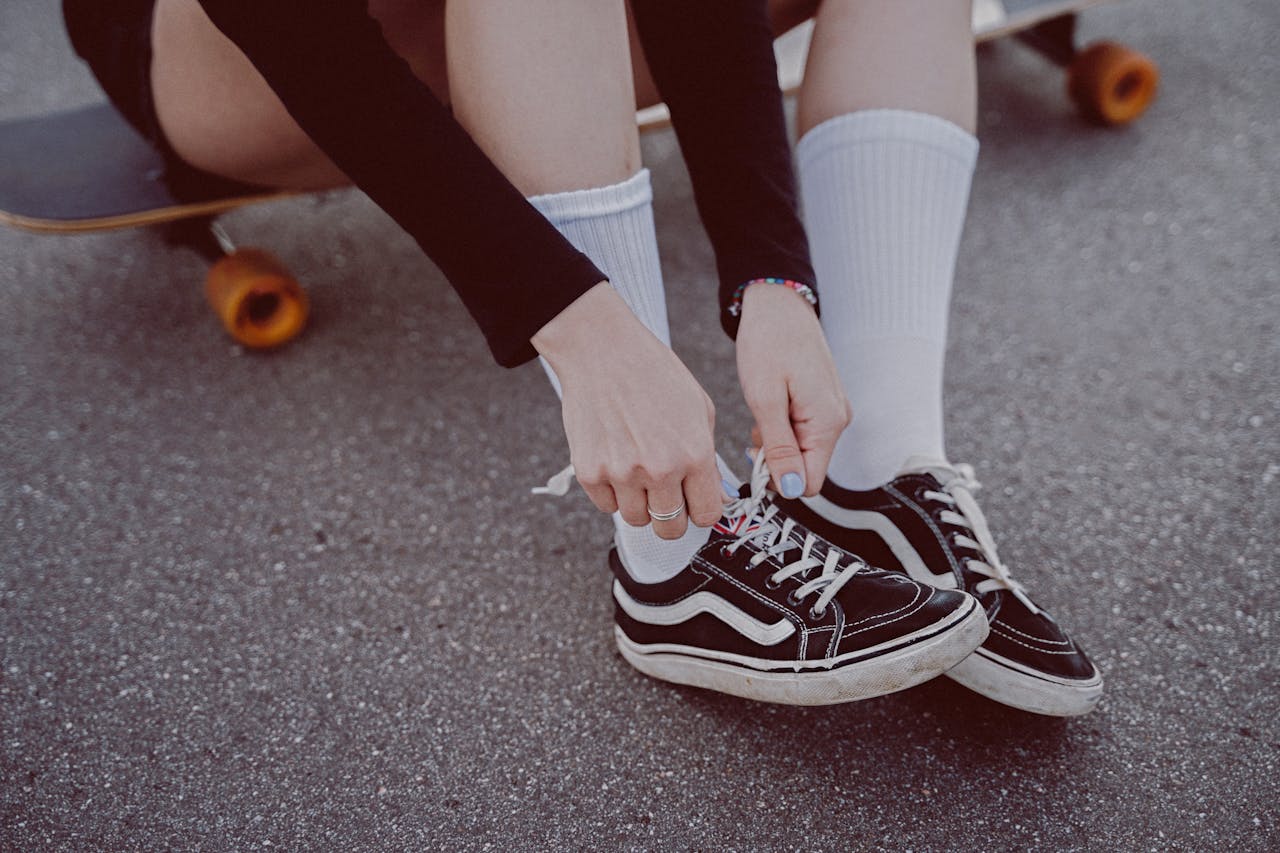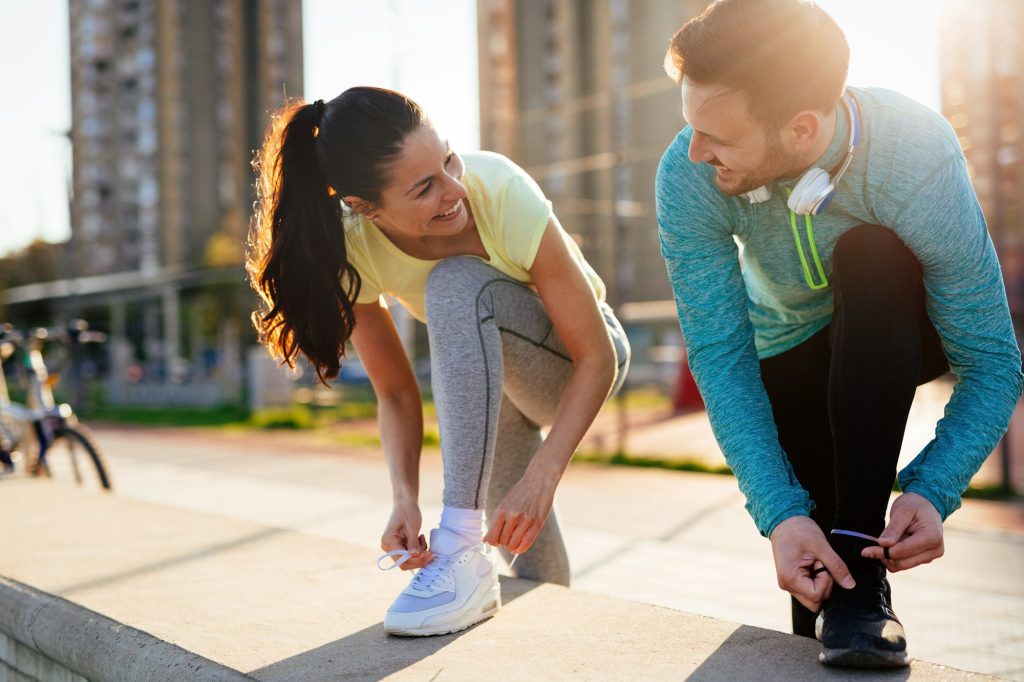Orthotics are specialized devices designed to support and align the feet and lower limbs. For children, these devices play a vital role in improving balance and posture, which are critical for overall physical development and well-being. Early intervention with orthotics can address structural and functional issues, potentially preventing long-term complications. This comprehensive guide explores the importance of orthotics for kids, the benefits they offer, signs that your child may need them, and how to make informed decisions about their use.
Understanding Orthotics
Orthotics are shoe inserts or devices made to correct biomechanical foot issues and improve function. While some orthotics are over-the-counter and generic, the most effective solutions for children are often custom-made. These are designed based on the unique structure of a child’s foot and their specific needs.
Common foot and gait abnormalities addressed by orthotics include:
- Flat feet: A condition where the arches of the feet do not develop properly, leading to poor foot mechanics.
- Toe walking: A tendency to walk on the toes, often linked to muscle tightness or neurological issues.
- Overpronation or supination: Excessive inward or outward rolling of the foot during walking or running.
- Severe arch problems: High arches that fail to distribute weight evenly, causing pain and instability.
By supporting the arches, aligning the foot properly, and distributing weight evenly, orthotics reduce strain on the muscles and joints. This, in turn, promotes healthy development of the lower limbs and spine.
How Orthotics Work
Orthotics function by:
- Providing Arch Support: They reinforce the natural curvature of the foot, offering a stable base for movement.
- Aligning the Foot: By keeping the foot in the correct position, orthotics ensure that the knees, hips, and spine are not misaligned.
- Cushioning Impact: Orthotics absorb shock, reducing stress on joints during activities like walking, running, or jumping.
- Correcting Gait Abnormalities: For children with irregular walking patterns, orthotics encourage a more natural gait.
When properly fitted, orthotics can significantly enhance comfort, mobility, and confidence in children.
Benefits of Orthotics for Children
Orthotics provide numerous advantages that go beyond mere foot support. Below are the key benefits:
1. Improved Balance and Stability
Children with foot abnormalities often experience poor balance, leading to frequent tripping or falling. This can affect their confidence and limit their participation in physical activities. Orthotics correct alignment issues, offering better stability and smoother movement.
Improved balance is especially beneficial for children learning to walk, run, or engage in sports, where coordination is essential.
2. Enhanced Posture
Posture is influenced by the alignment of the feet, as they form the foundation of the body. Misaligned feet can cause compensatory changes in the knees, hips, and spine, leading to poor posture.
Orthotics help maintain proper alignment, ensuring that the musculoskeletal system develops correctly. Good posture contributes to a healthy back and neck, reduces the risk of chronic pain, and boosts overall physical confidence.
3. Pain Relief
Children experiencing pain in their feet, knees, or lower back may have underlying issues linked to poor foot mechanics. Orthotics alleviate this discomfort by redistributing pressure evenly across the foot and providing cushioning for sensitive areas.
Conditions like plantar fasciitis, heel pain, or flat feet-related discomfort can be effectively managed with orthotic therapy, allowing children to remain active and engaged.
4. Prevention of Future Issues
Addressing foot problems early can prevent long-term complications, such as arthritis, joint pain, or chronic musculoskeletal disorders. Orthotics guide proper foot development during critical growth phases, ensuring that weight is distributed correctly and preventing undue strain on other parts of the body.
5. Increased Activity Levels
Pain and discomfort caused by foot issues can discourage children from participating in physical activities. Orthotics enable them to move freely and comfortably, fostering a love for sports and outdoor play. This increased activity is essential for both physical and mental health.
Signs Your Child May Need Orthotics
Recognizing when your child might benefit from orthotics is crucial. Here are some common signs to watch for:
- Frequent Tripping or Falling: Difficulty maintaining balance could indicate improper foot alignment or weak foot structures.
- Complaints of Pain: Foot, knee, or back pain are common symptoms of biomechanical issues.
- Unusual Walking Patterns: If your child walks on their toes, has an inward/outward foot turn, or displays a limp, orthotics may be necessary to correct these abnormalities.
- Uneven Shoe Wear: Shoes that wear down unevenly, especially on the inside or outside edges, often indicate abnormal gait mechanics.
- Visible Foot Abnormalities: Flat arches, high arches, or an irregular foot shape are clear indicators that orthotic support might be beneficial.
If you observe any of these signs, consult a pediatric podiatrist or orthopedic specialist.
Types of Orthotics for Children
Orthotics come in various forms, depending on the child’s needs:
- Rigid Orthotics: Made from firm materials like plastic or carbon fiber, these are designed to control motion and provide structural support.
- Soft Orthotics: Constructed from softer materials, they offer cushioning and shock absorption. These are ideal for younger children or those with sensitive feet.
- Semi-Rigid Orthotics: Combining the features of rigid and soft orthotics, these are commonly used to treat sports-related injuries or biomechanical issues.
- Custom Orthotics: Tailored to the child’s unique foot shape and needs, custom orthotics provide the most effective results for specific conditions.

The Role of Specialists
Orthotics are most effective when designed and prescribed by professionals. Pediatric podiatrists or orthopedic specialists evaluate the child’s foot structure, walking pattern, and overall posture. Based on this assessment, they recommend the most suitable type of orthotic.
The process often involves:
- Initial Consultation: A detailed discussion of the child’s symptoms and medical history.
- Gait Analysis: Observation of walking and running patterns to identify abnormalities.
- Foot Molding: Creating a cast or digital scan of the child’s foot to design custom orthotics.
- Fitting and Adjustment: Ensuring the orthotics fit properly and making adjustments as needed.
Caring for Orthotics
To maximize the benefits of orthotics, proper care is essential:
- Clean Regularly: Use a damp cloth to wipe the orthotics clean. Avoid submerging them in water.
- Inspect for Wear and Tear: Check for signs of damage, and replace them as needed.
- Follow Specialist Advice: Adhere to the recommended wearing schedule, gradually increasing usage time.
When Orthotics Aren’t Enough
In some cases, orthotics may need to be combined with other treatments:
- Physical Therapy: Exercises to strengthen the muscles supporting the foot and improve flexibility.
- Specialized Footwear: Shoes with additional support features can complement orthotics.
- Medical Intervention: For severe conditions, such as neurological disorders, additional medical treatments may be required.
Conclusion
Orthotics are a powerful tool for promoting healthy growth and development in children. By addressing foot and gait abnormalities early, these devices improve balance, enhance posture, and alleviate pain, enabling kids to move with confidence and ease.
If you suspect your child might benefit from orthotics, consult a specialist to ensure they receive the best possible care. With the right support, children can enjoy a more active, pain-free lifestyle, laying the foundation for long-term health and well-being.
Unleash the Power of Orthotics for Posture and Balance: Transform the Way You Move!
Don’t let poor posture or balance issues hold you back from living your best life! Whether you’re noticing the first signs of discomfort or want to enhance your stability and alignment, it’s time to give your feet and body the support they need. Say goodbye to aches and fatigue and take a confident step toward improved posture and balance. Prioritize your overall well-being with custom orthotics designed just for you.
The Shoe Doctor has been a trusted expert in crafting custom orthotics for over two decades. Experience the transformative power of personalized orthotic insoles as they enhance your posture, improve balance, and alleviate discomfort from your feet to your lower back. Russell, our knowledgeable specialist at The Shoe Doctor, will guide you through the process, offering expert advice to help you find the perfect solution for your unique needs.
We go the extra mile to create a detailed 3D map of your feet, allowing us to design custom orthotics that fit seamlessly—whether for work, casual wear, or active pursuits. With our expert guidance and premium orthotics, you’ll be stepping confidently and standing tall in no time.
Are you in the San Francisco Bay Area? Look no further! The Shoe Doctor is your go-to destination for the finest custom orthotics to support your posture and balance. We’re here to help you every step of the way, so why wait? Schedule your free consultation today and discover the unparalleled comfort and benefits of our custom orthotic solutions. Your body will thank you!
Disclaimer
The materials available on this website are for informational and entertainment purposes only and not for the purpose of providing medical advice. You should contact your doctor to obtain advice with respect to any particular issue or problem. You should not act or refrain from acting on the basis of any content included in this site without seeking medical or other professional advice. The information presented on this website may not reflect the most current medical developments. No action should be taken in reliance on the information contained on this website and we disclaim all liability in respect to actions taken or not taken based on any or all of the contents of this site to the fullest extent permitted by law.


